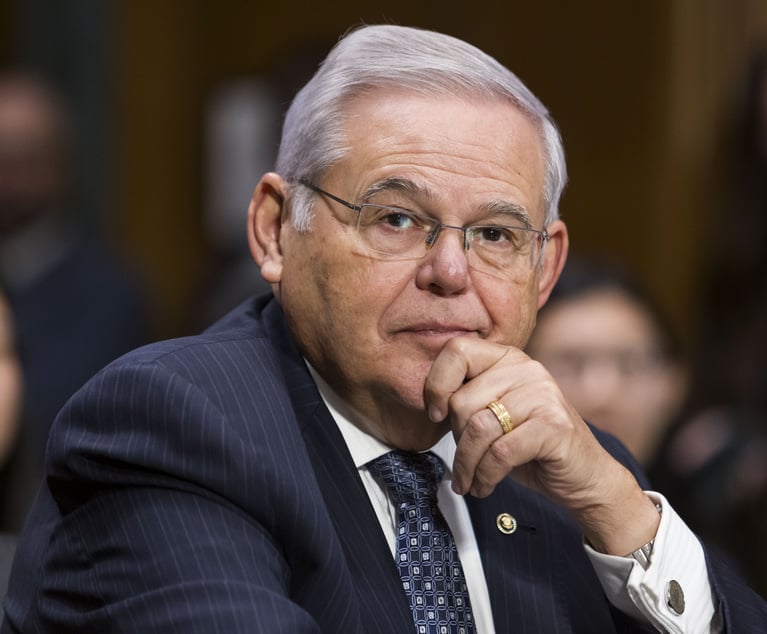Last year, self-employed individuals who conducted their business without any employees could qualify for a Paycheck Protection Program (PPP) loan in an amount equal to approximately 20.8% (2.5 months divided by 12 months) of their 2019 annual net earnings from self-employment not to exceed $100,000, or no greater than $20,833 (20.8% of $100,000 capped). Since the calculation of net earnings for self-employment is conducted after deductions for fixed and other business expenses that a small business must cover to stay afloat, annual net earnings from self-employment can often be a very small number resulting in an extremely small PPP loan amount. For example, annual net earnings from self-employment of $5,000 would qualify for a PPP loan of just $1,042 (20.8% of $5,000).
As a result, many sole proprietors who report their net earnings from self-employment on Schedule C of their Individual Tax Return on IRS Form 1040 (Schedule C) haven’t bothered to apply for PPP loans. Furthermore, sole proprietors without employees are 70% owned by women and minorities—the underserved groups sought to be helped by the PPP.


 Paycheck Protection Program application. Credit: G.Tbov/Shutterstock.com
Paycheck Protection Program application. Credit: G.Tbov/Shutterstock.com




